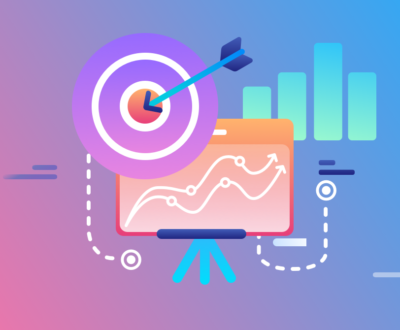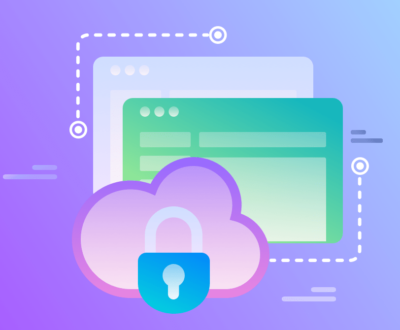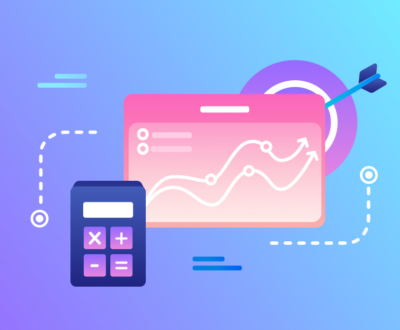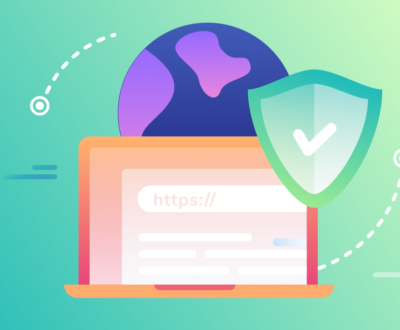The landing page is often the first experience a potential customer has with the business. And as the saying goes, ‘first impressions are everything.’ It is the online face of your business. This article will make sure that your business’ face is a smiling one. It is exactly what it sounds like: the page within your website that internet traffic “lands” on when they come to your site. This traffic may have come from anywhere around: whether inbound or outbound marketing efforts, advertising, search, or syndication, etc. Ensuring this traffic takes an action your business wants them to be, how we work at a landing page optimization level. This action could be anything from an immediate product purchase to RSS feed subscription, giving an email address, beginning a free trial of your service, and many various others.
An important point to remember is that a landing page is not necessarily your homepage. It’s any page that people land on after being directed to your page from somewhere else. People who come to your landing page have a reason for being there, whether they need info, a product, or to sign up for something. But what happens if your page does not meet their needs quickly? Your potential customer won’t stick around. This means that your site will have a high bounce rate (% of site visitors who leave right away) and low conversion rate (% of people who take the action you wanted, like buying something). Your landing page is what gets a random internet user and turns them into a lead or a customer for your online business. Whether it is a Facebook landing page or a form embedded into the website, it is an essential tool to capture leads. Optimizing this page will lead to an increase of thousands of dollars in revenue, as the conversion rate goes from 5 percent to 10 or 20 percent to 30 or even 50 percent. As marketers, getting quality traffic to websites has always been tedious although having SEO, PPC, social media, email marketing, display ads, photo marketing, mobile ads… and the list is never ending. The purpose of a landing page is to convert visitors coming from marketing campaigns as quickly as possible. The problem is that business landing pages generally fail to meet the expectations of the visitor. In many cases, businesses are simply driving people to their homepage, which is simply a bad idea. Landing pages have a different purpose than your homepage.
Consumers, however, are learning to automatically tune out anything that is not interesting and attractive. This drives the businesses to spend more and more, becoming more creative and pulling out every tactic that they can think of to get hold of the consumer attention. So, with all the above tools at our disposal, why do we still have terrible conversion rates that hover between 1 to 3% on average only? In this article you’ll learn exactly what a landing page is, how to create one, and the five you need to take to create an optimized landing page that will make your business money grow. Now that you know why it is important to craft strong landing pages, let’s explore some basic guidelines that can help you avoid the most common mistakes:
Put your foot forward well – Highlight your most popular links and features to let visitors see when they visit your landing page.
- Write well – Strong content plays an important role in attracting customers to finish a conversion on your landing page. Remember to stay loyal to the tone of your brand and personality.
- Use Images – Use colours and images to catch the attention of the eyes of your customers to the features they are looking for. The images can be anything from products to symbols or any other visual that lets the customer to easily communicate to what they are linking to.
- Always be closing – Type a clear, short CTA that encourages people to finish the action they came to do. If there is space, write a second line that explains how easy it is like – Buy now, no sign in necessary, etc.
- Trust Symbol-Social Endorsement – Customer testimonials work by providing proof of the legitimacy of your product or business. People, especially social media users (where much of your landing page traffic will come from) value the word of their peers or a respected authority. It is also helpful to include an image of the customer you’re quoting, as this increases their trustworthiness.
- Be reasonable in your ask – Many people make the mistake of trying to collect more information than the visitors are willing to give. People don’t give out several pieces of information just to download your product, and you hardly need them to. Ultimately, if you can get their name and email address, that’s a successful landing page.
- Don’t make it about you – Your landing page should focus on the value customers get from downloading your product, subscribing to your newsletter, etc. Pages that focus too much on your company or product itself will have a much harder time communicating value. They hardly succeed in converting many leads.
If you are running an ad for a specific conversion goal like selling a product, make sure that the ad clicks through to a landing page for that offer or product and not your company homepage. The landing page should feature what was in the ad and have a short CTA that helps people finish the conversion. With these general guidelines in mind, it is good to take a second look at your current landing pages and sure they are up-to-speed.
Tools like Google Analytics and Adobe Analytics can help you evaluate your landing pages and make sure they are addressing your customer needs in the right way. With these tools, you can find out where people who visit your landing page are coming from (links from other sites, direct keyword searches, etc.) and what keywords they are searching to end up there. If people are coming from a specific source or are searching keywords related to one of your services or products, but your landing page does not immediately offer up that service or product…well, then it’s time for some landing page TLC.
Always with knowing how people are finding your landing page, you should check how they behave when they get there. Tools like Google Analytics and Crazy Egg help you run page analytics, which tells you what percentage of people are clicking on different parts of your landing page – including your products, offers, options, CTAs and images. You can even get really focused and check out the landing page behaviour of visitors who came from certain referring sites or specific searches. Page analytics help to put behaviour of people in context, showing how layout and design might be affecting clicks. You may also find that your landing page is too cluttered, which makes it hard for people to find what they want. After you have gathered the analytics and data, you will probably have ideas about how to update your landing page. That is when it’s time to start testing.
One way to start is to A/B test your idea or hypothesis. For example – you can test where your CTA is on the page, your copy, the layout, button colours, the navigation bar, or other design elements – just make sure you test one variable at a time. Survey your customers about their experiences with your landing page. Ask them why they visited, if they could finish that they wanted to so, and if not, why? Let them write their answers instead of offering canned responses. To get people to take your survey, you can prompt them when they first visit your landing page, or have a survey CTA on one corner of the page. Just make sure it is easy for people to decline or click out of the survey and return to your page.
Now how would you measuring the effectiveness of your landing page? Well, there are several metrics you would want to look into when measuring the effectiveness of your landing pages. A few are listed below:
-
Bounce Rate
– Take a look at your overall bounce rate, but try and filter it down so you can see the bounce rate by campaign and by source. You may have a great ad running that delivers a lot of traffic but low conversions. When you can see which campaigns are driving a better conversion rate, you’ll know what is working better and can adjust your other campaigns.
-
Unique Visitors
– Unique visitors is a simple metric telling you how effective the campaign is at delivering traffic. It doesn’t tell you how effective the landing page is. But you need this info to determine conversion rates. Just because you have a lot of traffic, doesn’t mean it is the right traffic, and you may need to adjust your ad copy.
-
Conversion Rate
– This is the rate of unique visits/completed conversions. Remember that a completed conversion isn’t necessarily a form fill. You need to determine what the goal of the landing page is and use that to measure the conversion ate.
-
Time on Page
– If you have a lot of people spending a lot of time on the page, it could be they are interested, or it might mean they had trouble figuring out your message. Less time spent on the page before converting is your goal if you want the conversions. Someone who has to scroll around for information will be distracted and less likely to convert. Keep your landing page message simple.
-
Lead Generation Effectiveness
– This is really a measure of the campaign’s effectiveness to deliver leads. If you are running multiple pages during a campaign as an A/B test, it will give you insights not only on what page is driving conversions, but what page is actually delivering leads. I have seen it more than once where one page converts better, but another delivers more qualified leads.
There are several great ideas for landing pages out in the open. Because there are many different designs and concepts that are uniquely tailored to various type companies, you should first get an analysis done by the experts. Companies that provide landing pages and optimization tools use their own products in a very competitive market. For them, creating the best landing page is critical. Search for [landing page] as well as [conversion optimization] on Google. So what’s next? Take a dip into these next steps and you’ld be well on your way in creating an awesome landing page that will convert like it’s their job (which it is).
- Decide what goal you want to create a landing page for and the information you want to capture from leads. What will your offering be?
- Determine your target audience and take a note of key demographics like age, profession, etc.
- Dig into designing the first page. It doesn’t need to be perfect. Craft the best page as you can using the info and best practices and you can always improve based on what the analytics are telling you.
A landing page is where conversions are made or lost, so business owners should play with the variables to see what works best with their target audience. The easier it is for consumers to complete the process on the landing page, the more people will stick through it till the end.
Subscribe to our newsletter!
Awwws Founder | Prepare for Next on taking lesson from the present !




